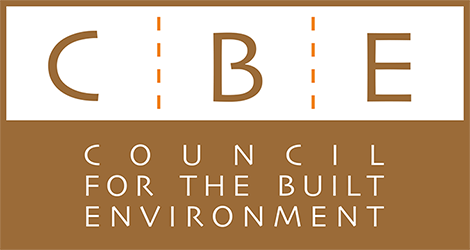Explanatory Note On IDOW
1. Purpose
The purpose of the note is to explain the regulation of the built environment professions, with reference to certain regulatory mechanisms and to place the identification of the scope of work for each category of registration in perspective. The note explains that the identification of the scope of work is not a regulatory mechanism in itself, but only one component of a set of regulatory mechanisms.
2. Background
It is common cause that the Council for the Built Environment (the CBE) applied to the Competition Commission for exemption from the provisions of the Competition Act on behalf of the six Councils for the Built Environment Professions (the CBEP). The application was for exemption of professional rules in terms of Schedule 1 of the Competition Act. It is also common cause that the CC rejected all applications (one application, on behalf of SACAP was withdrawn before the CC made its ruling).
The current process is not a continuation of the exemption process, but a process to formalise the regulation of the professions.
3. The Regulation of Built Environment Professions
The CC, in its reasons for rejecting the applications, acknowledged the mandate of the CBEP to regulate their respective professions. There are deemed to be various mechanisms, which, if applied in combination, will form a mechanism for the regulation of professions (hereafter referred to as regulatory mechanisms). The regulation of the professions should include mechanisms to ensure seamless entrance into the professions. Regulation therefore by no means suggest the exclusion of competent persons from the performing of work. Regulatory mechanisms are not intended to a restrictive, but rather enabling.
4. The Identified Scope Of Work As Part Of The Regulatory Mechanisms
The scope of work is defined as “the range or extent of the work to be performed by a person registered in that category”. This mechanism is strongly directed towards informing the user of built environment professional services. The different categories of registration indicate first and foremost the path to registration followed by the relevant registered person and includes academic qualification and experience gained.
5. Mechanisms To Enhance Entry Into The Professions And Protect Public Health And Safety And The Environment
Adherence to best practice is a cornerstone of professional competence. The user of services must once again be informed of the rules and standards directing the professional conduct of the person he/she intends to appoint. As much as the rules of professional conduct and best practice will provide the boundaries for professional conduct, they will also inform the end-user of the standard to be expected. Professional registration allows for the regulation of registered persons by a regulatory body, setting and enforcing the standard of professional conduct to ensure the protection of the health, safety and pecuniary interest of the public and of quality standards.

